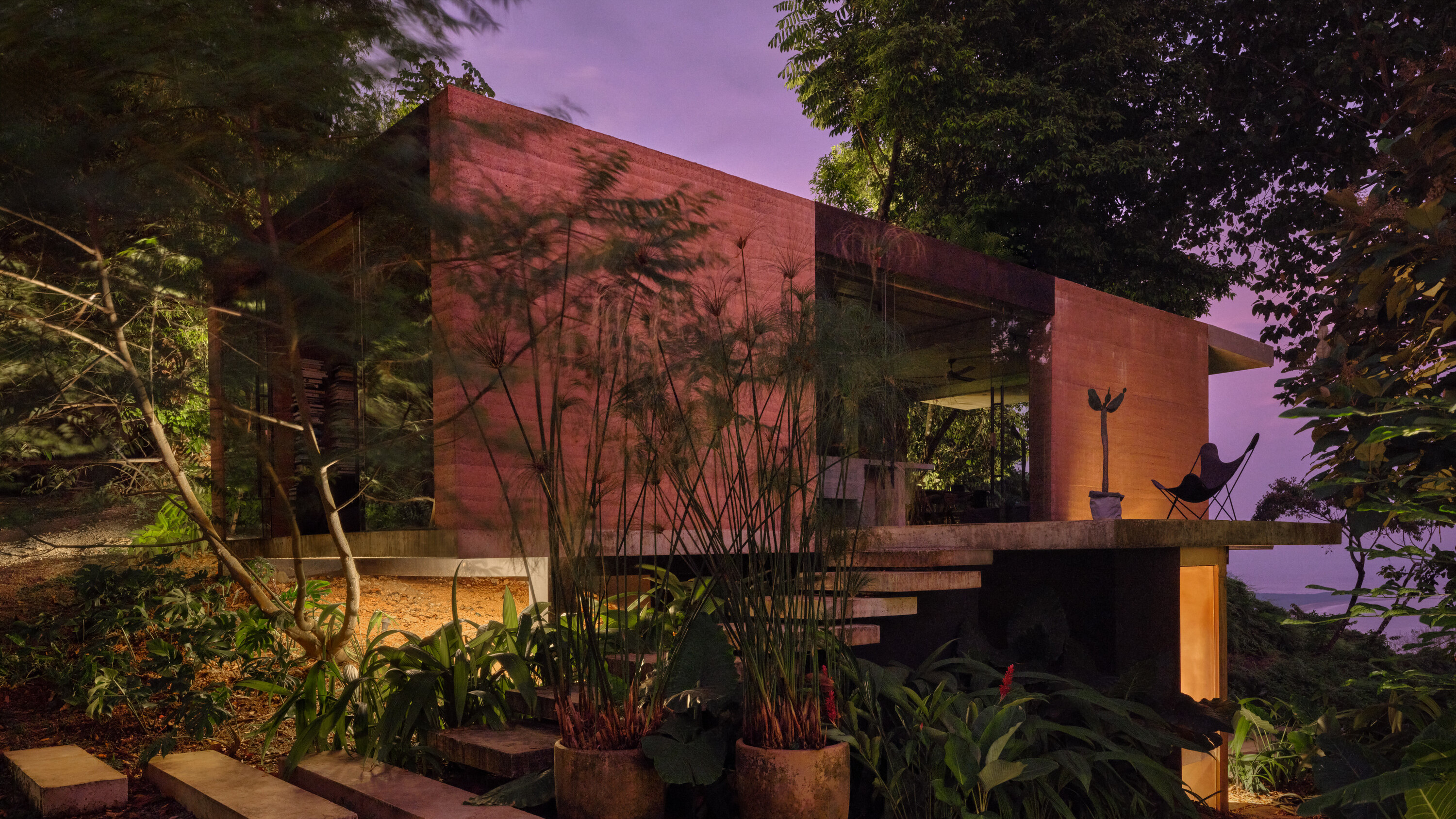Tai Ping’s ‘Biophilic’ carpets are a breath of fresh air underfoot
Tai Ping launches two biophilia-inspired carpet ranges using natural, undyed materials to spectacular, soothing effect


In the cut and thrust of daily life it can be hard to remember that we are technically still animals. One could argue that design has a lot to answer for in this regard, largely cosseting and coddling us from the wilder world. Yet one of the more intriguing areas of the design industry to have emerged in the wake of our quest for more environmental and ethical practices is the rise of biophilia.

Ajowan, Biophilic Collection, Tai Ping Studio
Biophilia charmingly translates from Greek as: ‘for the love of nature and living things’. Until recently, biophilic design meant bringing forest loads of house plants indoors to mimic the effect of being outside whilst in offices and apartment blocks.
Today, brands and studios are digging a little deeper and interrogating the processes that lie within their systems of manufacture, delivering designs that are closer to nature themselves.

Vital 1, Biophilic Series, Tai Ping Studio
Enter Tai Ping, which is launching a range of 16 carpets called the ‘Biophilic Collection’ and the ‘Biophilic Series’ at the London Design Festival 2024 in September. Designed and developed by Tai Ping’s Parisian design studio (which has previously collaborated on carpets with André Fu), the eight carpets in the 'Biophilic Series for Studio by Tai Ping' are hybrid-tufted and mimic shadow play, reflection and organic ephemera.
Meanwhile, the 'Biophilic Collection' consists of eight carpets with a couture-level of craft and finishing. The whole portfolio of Tai Ping’s hand-tufted techniques and finishings have been deployed in these works, including gradations, multi-level pile heights and specialty sheering.
All carpets are made with a variety of wool, silk and jute – all undyed, avoiding the intensive water-reliant stage of manufacture, and lending the collection a neutral palette, quite literally derived from nature.

Sound 1, Biophilic Series, Tai Ping Studio
The Biophilic collections are of course beautiful carpets. But designing with the mission to celebrate the natural qualities and properties of the raw materials from which they are made is hearty proof that beauty is more than skin-deep.
Receive our daily digest of inspiration, escapism and design stories from around the world direct to your inbox.
The carpets feel good too, and the feelgood quota of their low environmental impact is a breath of fresh air, in a sector of the industry that struggles in this realm.

Alizea, Biophilic Collection, Tai Ping Studio
In celebration of the collections’ launch during London Design Festival, Tai Ping has enlisted the help of Margate-based environmentalist, designer and maker Sebastian Cox to augment its showroom with an installation that honours the power of raw materials. Cox is renowned for his indefatigable rigour when it comes to circularity of a sylvan nature. We look forward to seeing a woody wonderland come to life.
Tai Ping, 117-119 Fulham Road, London SW3 6RL
Taipingcarpets.com

Neroli, Biophilic Collection, Tai Ping Studio

Hugo is a design critic, curator and the co-founder of Bard, a gallery in Edinburgh dedicated to Scottish design and craft. A long-serving member of the Wallpaper* family, he has also been the design editor at Monocle and the brand director at Studioilse, Ilse Crawford's multi-faceted design studio. Today, Hugo wields his pen and opinions for a broad swathe of publications and panels. He has twice curated both the Object section of MIART (the Milan Contemporary Art Fair) and the Harewood House Biennial. He consults as a strategist and writer for clients ranging from Airbnb to Vitra, Ikea to Instagram, Erdem to The Goldsmith's Company. Hugo recently returned to the Wallpaper* fold to cover the parental leave of Rosa Bertoli as global design director, and is now serving as its design critic.
-
 Formafatal ventures deep into the Costa Rican jungle with Studio House, a spectacular retreat
Formafatal ventures deep into the Costa Rican jungle with Studio House, a spectacular retreatSet high on a forested hillside, the Studio House has far-reaching ocean views yet is completely integrated into its site
-
 Peek inside Madrid’s best-kept art secret
Peek inside Madrid’s best-kept art secretSolo’s labyrinthine new art space in Madrid presents a surreal opportunity for exploring contemporary art and architecture
-
 A lush Bengaluru villa is a home that acts as a vessel for nature
A lush Bengaluru villa is a home that acts as a vessel for natureWith this new Bengaluru villa, Purple Ink Studio wanted gardens tucked into the fabric of the home within this urban residence in India's 'Garden City'